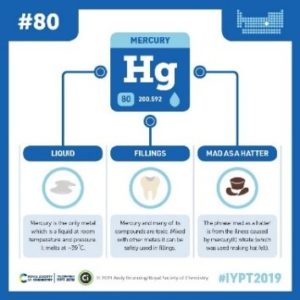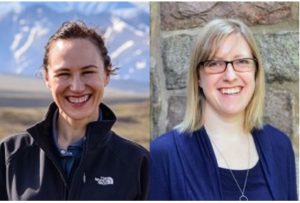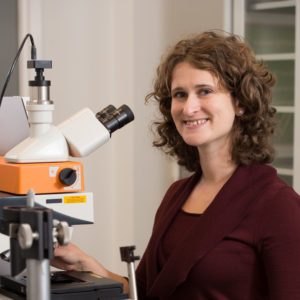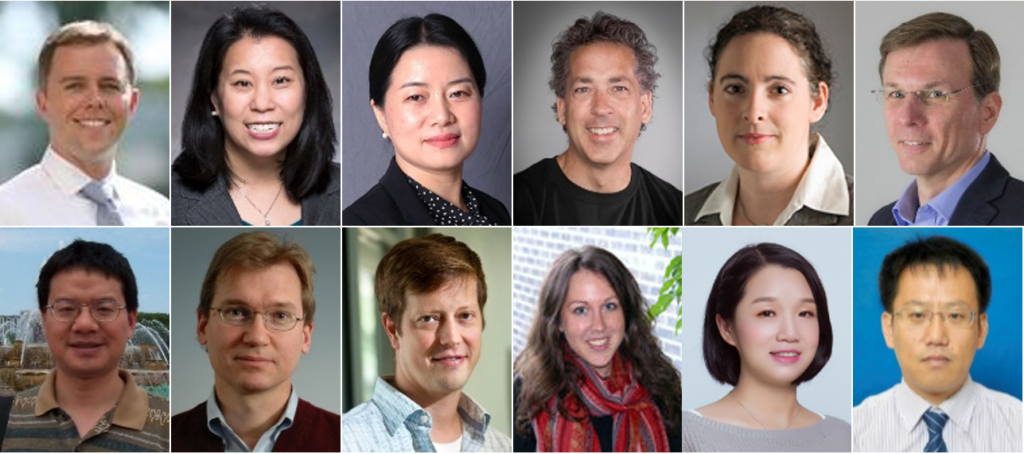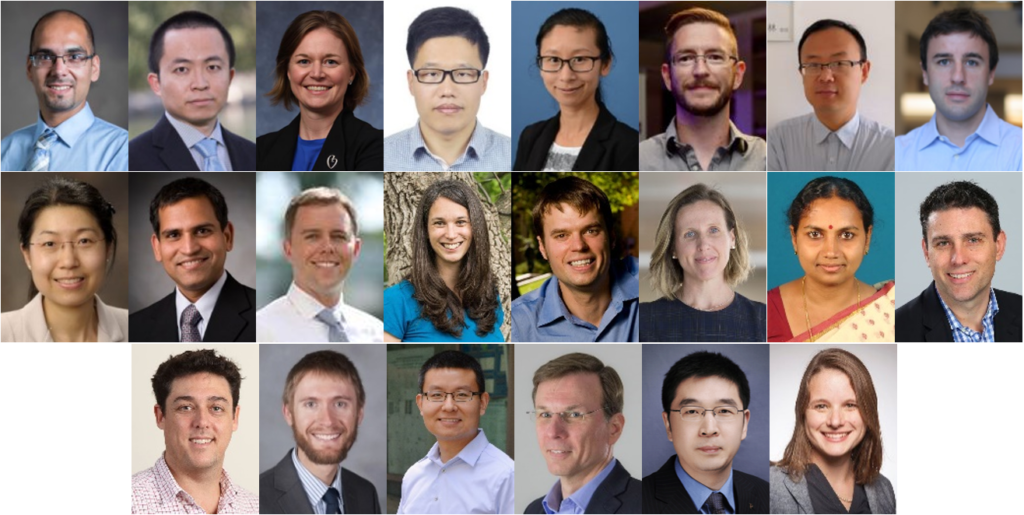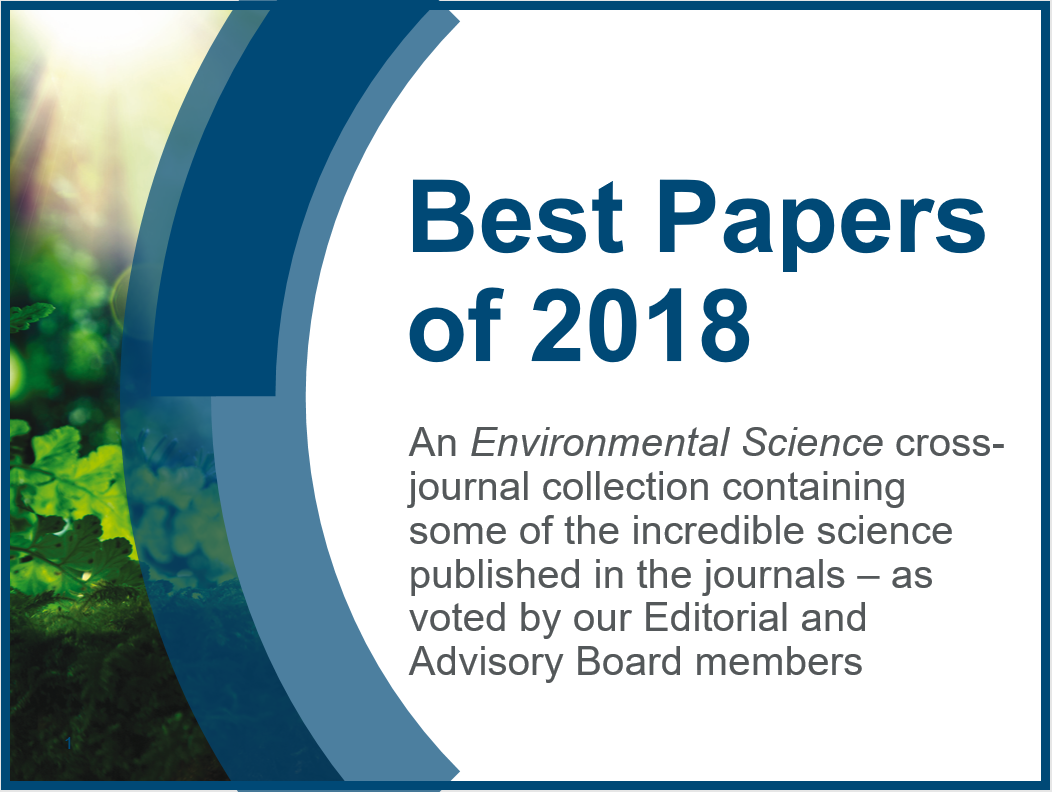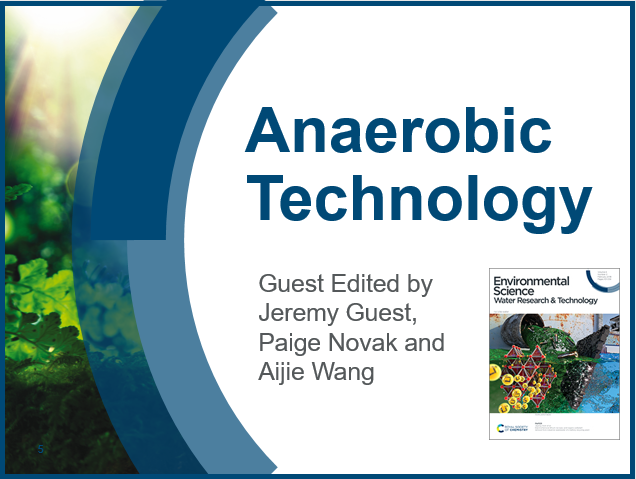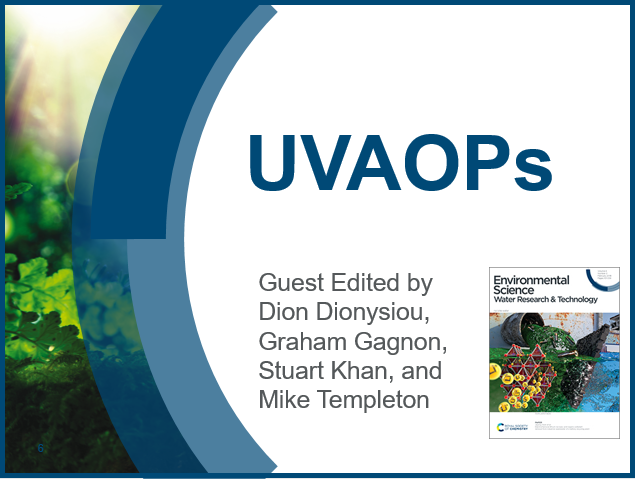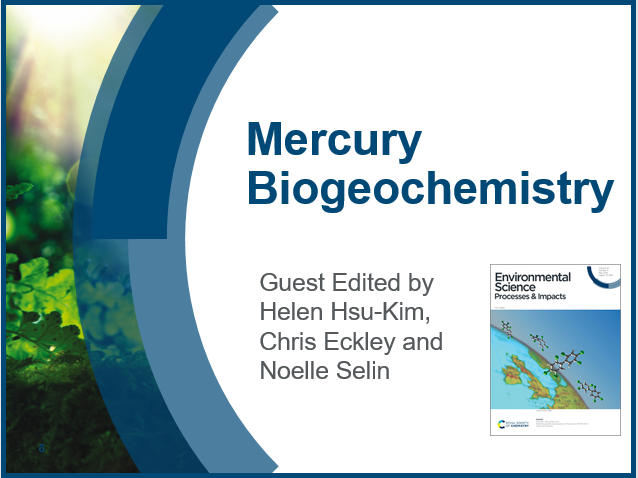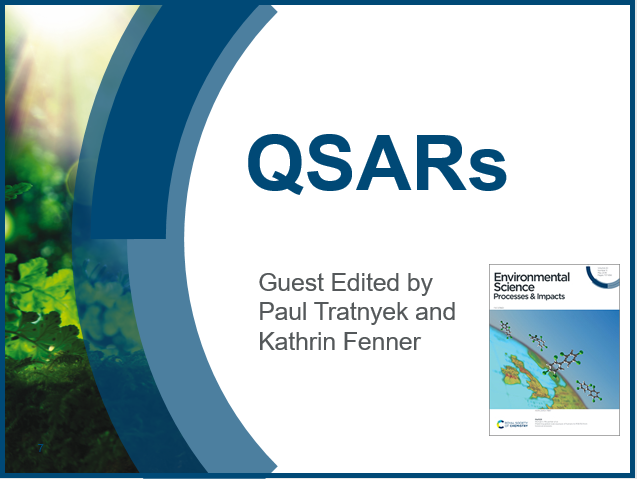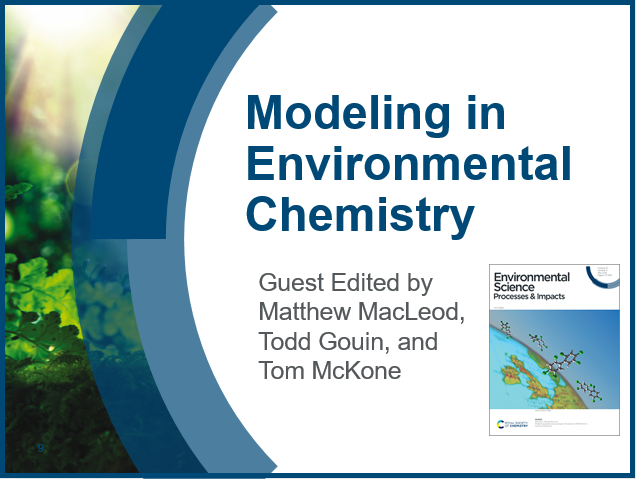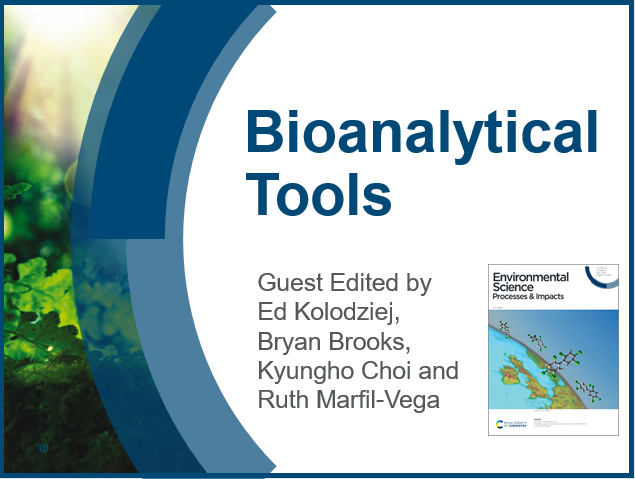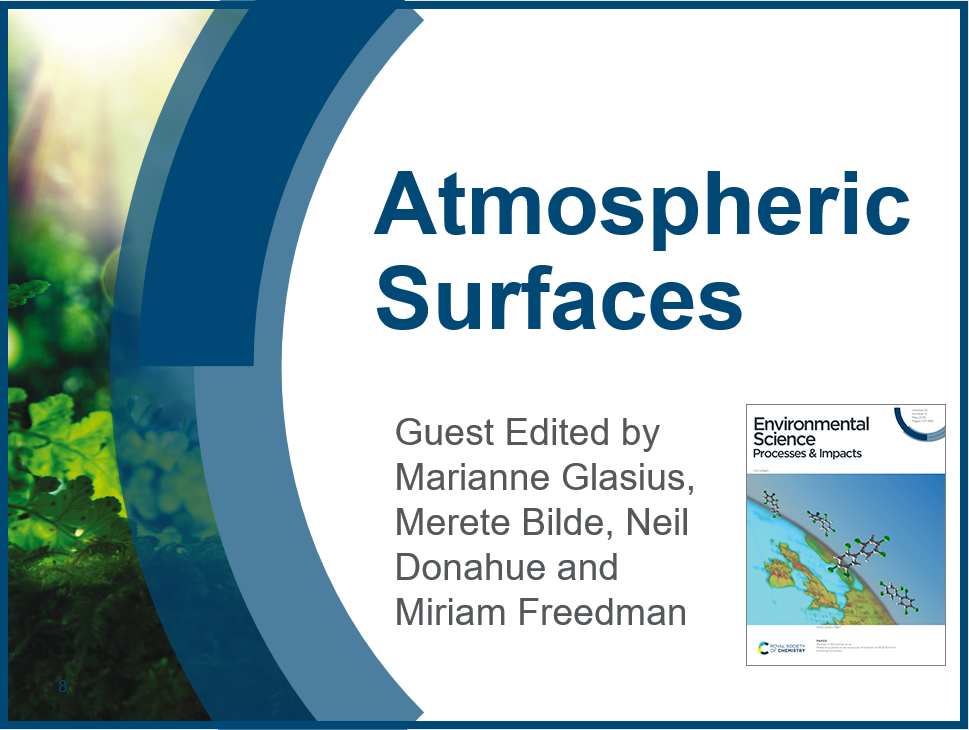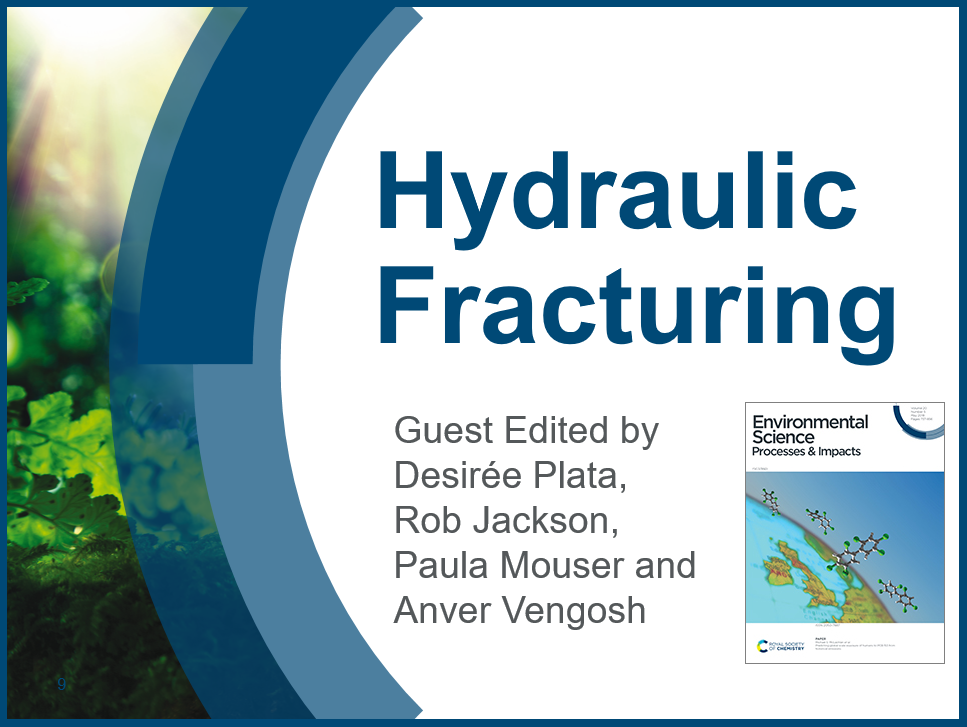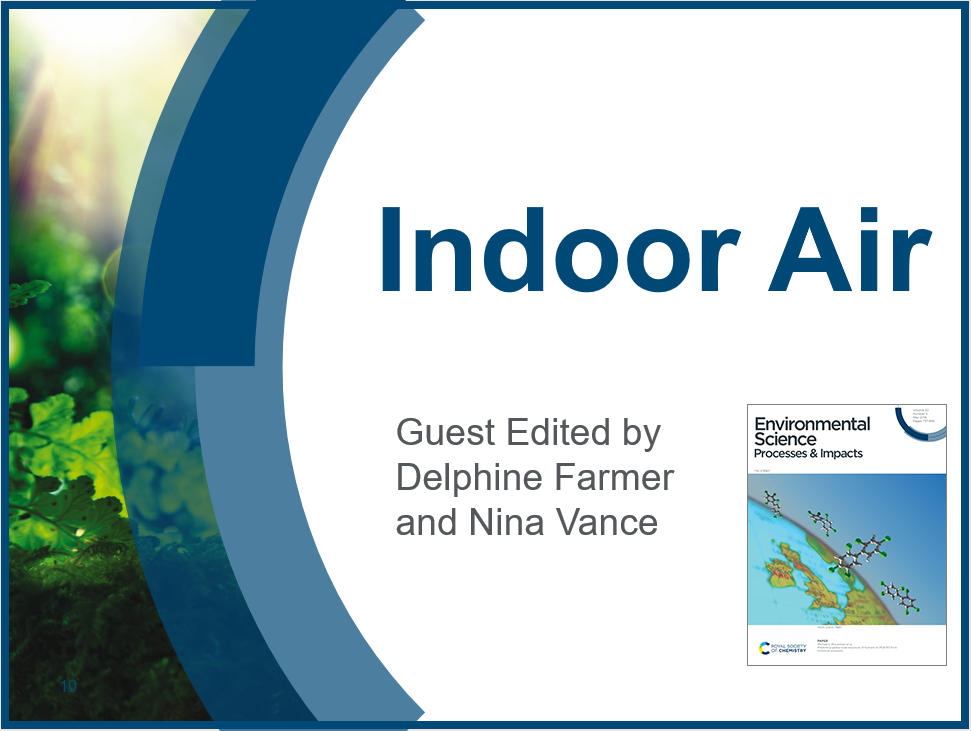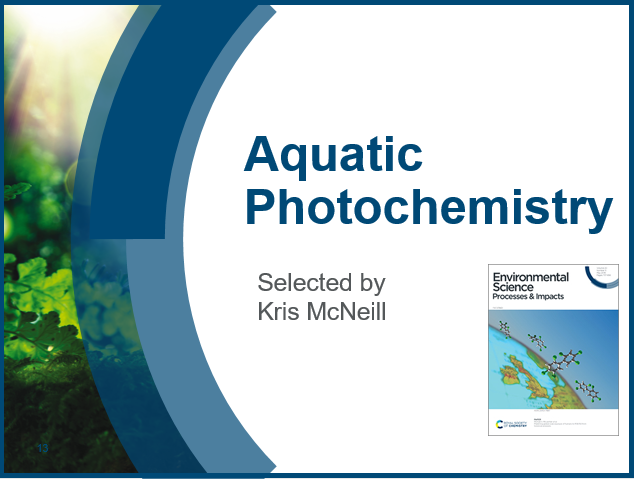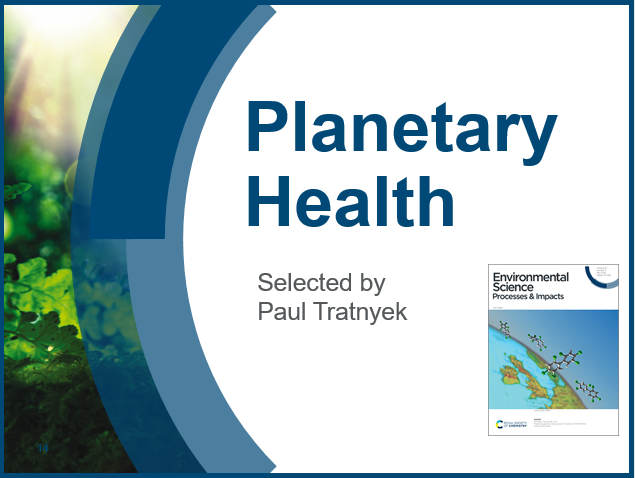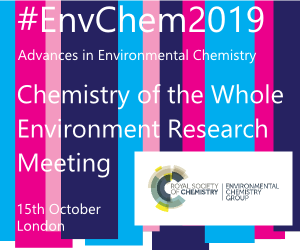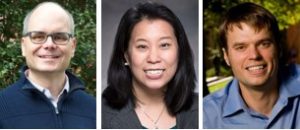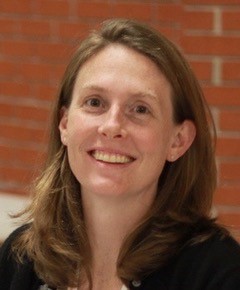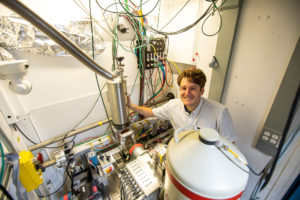
Case van Genuchten received a B.Sc. in 2008 from San Diego State University and a M.Sc. (2009) and Ph.D. (2013) from the Civil and Environmental Engineering Department at the University of California, Berkeley. Following his Ph.D., Case van Genuchten spent two years as a post-doctoral researcher in the Environmental Geochemistry Laboratory at the University of Lausanne (CH). He then received a prestigious Veni grant for young researchers from the Applied and Engineering Sciences Division of the Dutch Organization for Scientific Research. As part of this grant, he spent three years at Utrecht University in the Netherlands investigating mixed-valent Fe(II,III) (hydr)oxides generated by Fe(0) electrolysis as a decentralized method of arsenic treatment. The major question driving Case van Genuchten’s research involves how nano- and sub-nanoscale processes, including mineral dissolution/precipitation, ion sorption, and electron transfer, govern the transport and bioavailability of major elements (P, Ca, Si) and toxic trace contaminants (As, Pb, Cd). Specifically, he is interested in applying wet-chemical methods and advanced synchrotron-based characterization techniques to generate fundamental knowledge that can be applied in the design of water and soil remediation strategies, particularly in decentralized, resource-scarce communities. Currently, Case van Genuchten is a researcher in the Geochemistry Department of the Geological Survey of Denmark and Greenland (GEUS).
Read Case van Genuchten’s Emerging Investigator Series article “Interdependency of Green Rust Transformation and the Partitioning and Binding Mode of Arsenic” and read more about her in the interview below:
Your recent Emerging Investigator Series paper focuses on the Interdependency of Green Rust Transformation and the Partitioning and Binding Mode of Arsenic. How has your research evolved from your first article to this most recent article?
From the beginning of my career, I have been interested in designing water treatment technologies particularly for resource-scarce and marginalized communities. My first series of articles focused on developing an electrochemical method of removing arsenic from contaminated groundwater used as a source of drinking water in South Asia, where millions are suffering from arsenic poisoning. This method is based on the electrolytic dissolution of steel electrodes to generate reactive ferric oxides that bind arsenic effectively. In the years since these first publications, we learned that by simply changing the way electric current is applied to steel electrodes (i.e. a lot of current over a short time, rather than a small current over a long time), different phases of iron oxides can form, such as green rust. Green rust is a mixed valent iron oxide that contains both ferrous and ferric iron and has unique redox and sorption reactivity, but can transform rapidly into other types of iron oxides because it is relatively unstable. The Emerging Investigator Series article determines how structural transformations of green rust alter the dissolved arsenic concentration in water – some green rust transformations increase dissolved arsenic, others beneficially decrease it. The ultimate goal of this work, and one of the general themes of my research since my Ph.D., is to gain knowledge to improve arsenic remediation strategies in a variety of environmental and socioeconomic conditions.
What aspect of your work are you most excited about at the moment?
In the last year, I have been spending a lot of time thinking about sustainable methods of managing arsenic-laden waste that is generated as a by product of treating arsenic contamination. This idea is briefly mentioned in the discussion section of the Emerging Investigator Series article in the context of separating arsenic from the green rust for further processing of the material. All arsenic treatment methods produce arsenic-rich waste and currently there is no real sustainable method of managing this material. Currently, the most common disposal strategy for arsenic-rich waste is landfilling, which is economically and environmentally unsustainable. What excites me most about my current and future work is trying to develop a series of chemical, electrochemical, and biological techniques that can recover resources for arsenic-rich waste and enable a circular economy for this carcinogenic material.
In your opinion, what are the most important questions to be asked/answered in this field of research?
One of my primary research interests is in developing appropriate technologies for poor, decentralized communities that lack infrastructure. In this field, one of the most urgent and important questions is how to best design technologies that address technical challenges while fitting within the socioeconomic and cultural constraints of the affected community. In other words, how can we integrate the technical expertise of engineers and practitioners with the cultural and economic understanding of the affected community gained by social scientists, economists, NGOs, and local community leaders to ensure sustained engineered solutions? The ongoing crisis of naturally occurring arsenic contamination of groundwater used for drinking in South and Southeast Asia is a timely example of how solving complex problems that affect marginalized populations requires a multidisciplinary approach. Research in this field, which has been called Development Engineering or Humanitarian Engineering, is beginning to show the importance of coordinating technical solutions with the socioeconomic and cultural characteristics of the end user, but I think this field is still in its infancy and there are many opportunities for new ideas.
What do you find most challenging about your research?
I think the answer to this question relates to the previous one. Although I will always be excited to apply synchrotron-based X-ray methods to determine the molecular-scale underpinnings of remediation strategies, as is the focus of this article, what I find both challenging and motivating is applying this detailed information to improve real world solutions. It is not always straightforward to translate results from small-scale experiments in controlled laboratory conditions to practical knowledge that can be used by technology practitioners. I hope I can get better at this in the future!
In which upcoming conferences or events may our readers meet you?
In 2019, I will be attending the Geochemical Society’s Goldschmidt conference in Barcelona, Spain. In 2020, I will be heading to the ISGSD International Congress on Arsenic in the Environment in Utrecht, the Netherlands and the IWA World Water Congress in Copenhagen, Denmark.
How do you spend your spare time?
I guess I am still kind of a kid when it comes to spare time. I grew up in Southern California and spent a lot of time surfing and snowboarding, but I live in Copenhagen now so it is a bit more difficult to keep this up. Still, I try to go on as many surf and snowboard trips as I can. I also still skateboard a lot and Copenhagen is a great place to keep that up. The other activities I like to do are a bit more standard: hiking, barbecuing, and watching movies and baseball with my partner, Sofie.
Which profession would you choose if you were not a scientist?
Hmmmm… That is tough. I haven’t thought about that since I was a teenager. I guess getting paid to surf would be an amazing life, but maybe doing that as a job would end up making it less fun than doing it as a hobby. I have been hooked on true crime media lately. Perhaps it is the kind of “Hollywood” way that the shows are produced, but the ways in which the detectives solve some of these unbelievable crimes is super interesting and the approach seems to consist of some scientific aspects. So maybe I’d try to be a crime-solving detective? Except detective van Genuchten doesn’t really have a good ring to it.
Can you share one piece of career-related advice or wisdom with other early career scientists?
I think the advice I would give would differ for the different stages of early career scientist. For someone in a Ph.D. program, I would say it is really important that you are motivated by the project rather than by other external factors. Before I started my Ph.D., I asked myself if I would be happy working in the field of my project for ten years even though the Ph.D. should take less than half that. The reason is that learning to do research is difficult and there are many struggles that all Ph.D. students face. If you are not motivated by the project, it can be easy to lose focus and give up. For someone beginning a post-doc, I would say that it is important to continue to learn and ask questions and to not be afraid to try new things and apply your skills in different environments. I have a lot of good memories of my post-doc at the University of Lausanne (Switzerland) and I think it was due partly to the stronger sense of independence and freedom I had. For someone entering a tenure-track position, I think my advice would be that since you have made it this far already, try to not worry too much about the future and enjoy the present as much as you can. At any career stage beyond that, I cannot give too much advice because I am not there yet. However, perhaps my kind of sarcastic, tongue-in-cheek advice for more senior scientists would be to not forget what being a Ph.D. student was like. It is difficult to learn to be a scientist, so try not to be too hard on the students.



